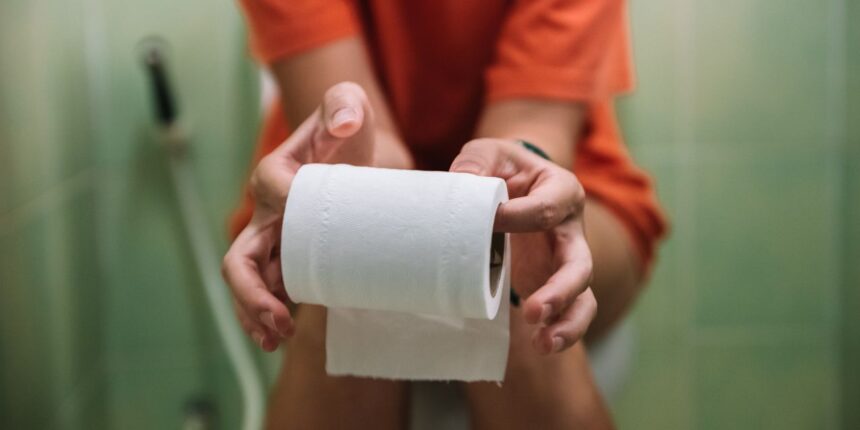Elise Kozal spent the better part of her college years with a burning bladder and urethra—a sensation that would send her to the bathroom constantly only to feel, frustratingly, as if she could never quite empty her tank. The doctors at her campus’s health center and her own gynecologist repeatedly suggested she must be the culprit of recurrent urinary tract infections (UTIs) despite the fact that little had changed in her sex life or hygiene habits to prompt such a trend, and more often than not, her urine tests came back inconclusive. “They would say, ‘Well, because you’re in pain and having these symptoms, you probably do have an infection, so we’ll give you an antibiotic anyway,” Kozal, 30, tells SELF.
But each time, the drugs did little, if anything, to extinguish the flames. The summer after Kozal graduated, she found herself taking a warm bath nearly every other day, desperate for relief. A Reddit search introduced her to the condition that a urologist would eventually confirm was igniting the fire: interstitial cystitis (IC), or as it’s now often more aptly called, bladder pain syndrome (BPS). It often masquerades as a UTI, cropping up with similar symptoms like peeing all the time, urinary urgency, and pelvic pain. Doctors also once thought it similarly stemmed from an infection—in this case, one occurring in the spaces between the bladder tissues (or, interstitial areas), triggering inflammation (cystitis) therein. But researchers have since determined that IC/BPS is a chronic and rather amorphous syndrome with a bunch of potential causes, many of which aren’t easy to pinpoint on a test.
It’s the reason that, like Kozal, so many folks with IC/BPS traverse a long path to get to that diagnosis; on average, it takes three to seven years. “Doctors will look in their bladder and see no visible evidence of anything wrong, which often means the patients get blown off,” Robert Moldwin, MD, professor of urology at the Zucker School of Medicine at Hofstra-Northwell and a member of the board of directors for the Interstitial Cystitis Association (ICA), tells SELF. But similar to irritable bowel syndrome (IBS) or fibromyalgia, IC/BPS can in fact occur—and cause very real, persistent symptoms—even when scans and tests show nothing is physically awry.
Another tricky thing about it is that, like many other chronic conditions, IC/BPS naturally ebbs and flows, Sonia Bahlani, MD, a New York-based ob-gyn who specializes in urologic and gynecologic pelvic pain, tells SELF. So you might think you’re getting better, or that those UTI meds are finally kicking in, when in reality, it’s a matter of time before another flare. (Just ask actress Lili Reinhart.) How the condition originates, progresses, and responds to treatment can also vary a good deal among people. “What we’re finding is, there’s not just one type of patient with interstitial cystitis,” Dr. Moldwin says.
Though IC/BPS is still a bit of a black box, recent research has given doctors a better grasp of how to identify and manage it. Read on to learn more about this elusive condition, its distinct manifestations, and the array of therapies that can bring much-needed relief.
IC/BPS is a diagnosis of exclusion, meaning your doctor will try to rule out other possible culprits, like a UTI, first.
As noted, having pelvic pain or pressure that emanates from your bladder, as well as newfound urinary urgency or frequency, can certainly lead your doctor to suspect IC/BPS. But because these symptoms can also be so commonly linked with—you guessed it—UTIs, your provider will typically order a urinalysis (which tests levels of a variety of substances in your pee to screen for various issues) and a urine culture (which looks for specific bugs that might be lurking therein) to first check for infection. Technically, you need to have the above symptoms for six weeks with no evidence of infection for an IC/BPS diagnosis.
Read the full article here



